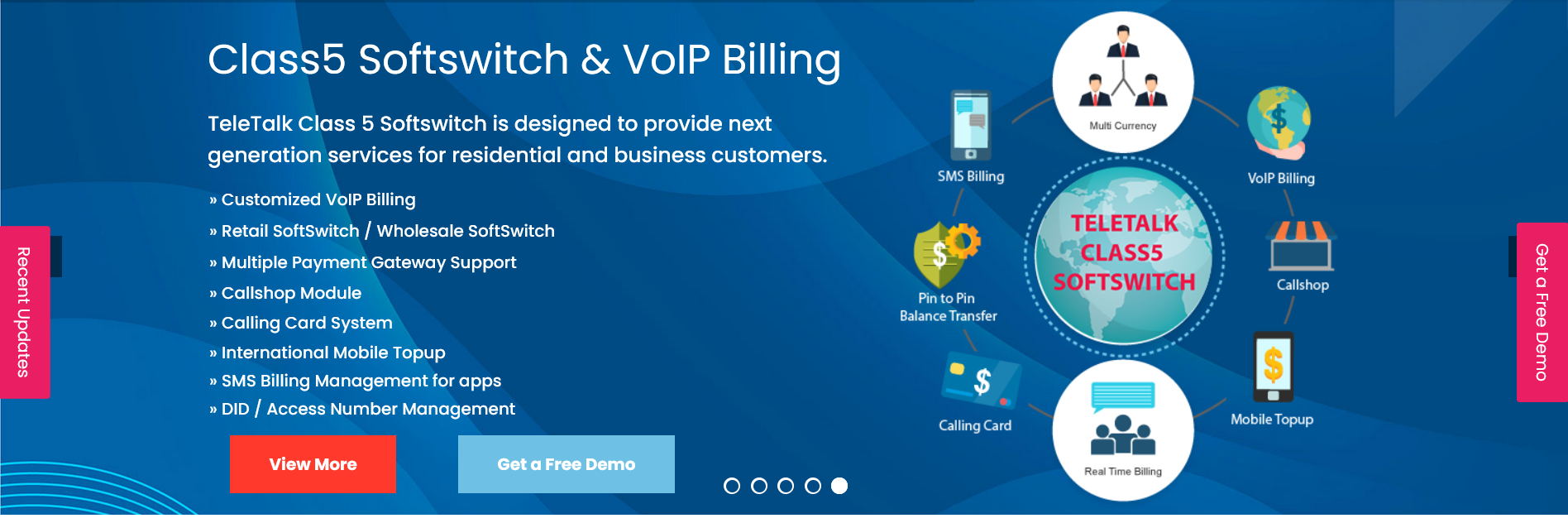Within cutting-edge telecommunication networks, the magnificence of five Softswitch
technologies performs a crucial role in facilitating seamless voice communiqué. Designed in
particular for end-users, Class5 Softswitch is a feature-rich platform that enables efficient call
routing, call management, and value-added services. Let’s delve into the functionalities and
benefits of Class 5 Softswitch.
What is a Class 5 Softswitch?
A class 5 Softswitch, a get-right of entry to the server or residential gateway, is a software-based
telecommunication tool that connects end-users to a public switched telephone network. It serves
as the backbone for voice services, including nearby and long-distance calling, voicemail, call
waiting, and caller identification.
Call Routing and Management
Class 5 Softswitch excel in call routing and control; ensuring calls attain their meant recipients
efficiently. They manage call setup, termination, and routing, based on various factors, which
include dialing patterns, time of day, and caller possibilities. These switches can seamlessly
transfer between exclusive transmissions a protocol, which includes VOIP (Voice over Internet
Protocol) and conventional telephony.
Value-Added Services
Class5 Softswitch enhance the end-user experience by presenting an extensive range of value-
added services. These include call forwarding, call recording, call conferencing, interactive voice
reaction systems, etc. These services no longer most effectively improve communication
exchange; however, they offer organizations opportunities for personalization and
customization.
Scalability and versatility
Class 5 softswitches are extremely scalable, allowing telecom operators to deal with many voice
visitors and accommodate a growing subscriber base. They provide flexible provisioning
options, enabling operators to upload or cast off services as per patron requirements quickly.
Additionally, the software-based total nature of sophistication 5 soft switches permits easy
upgrades and integration with other community components.
Price efficiency
Implementing Class 5 Softswitch can appreciably lessen operational costs for telecom provider
providers. By leveraging the VoIP era, those switches permit the transmission of voice calls over
IP networks, eliminating the want for pricey traditional telephony infrastructure. Moreover,
centralized control and automatic tactics contribute to streamlined operations and reduced
maintenance costs.
